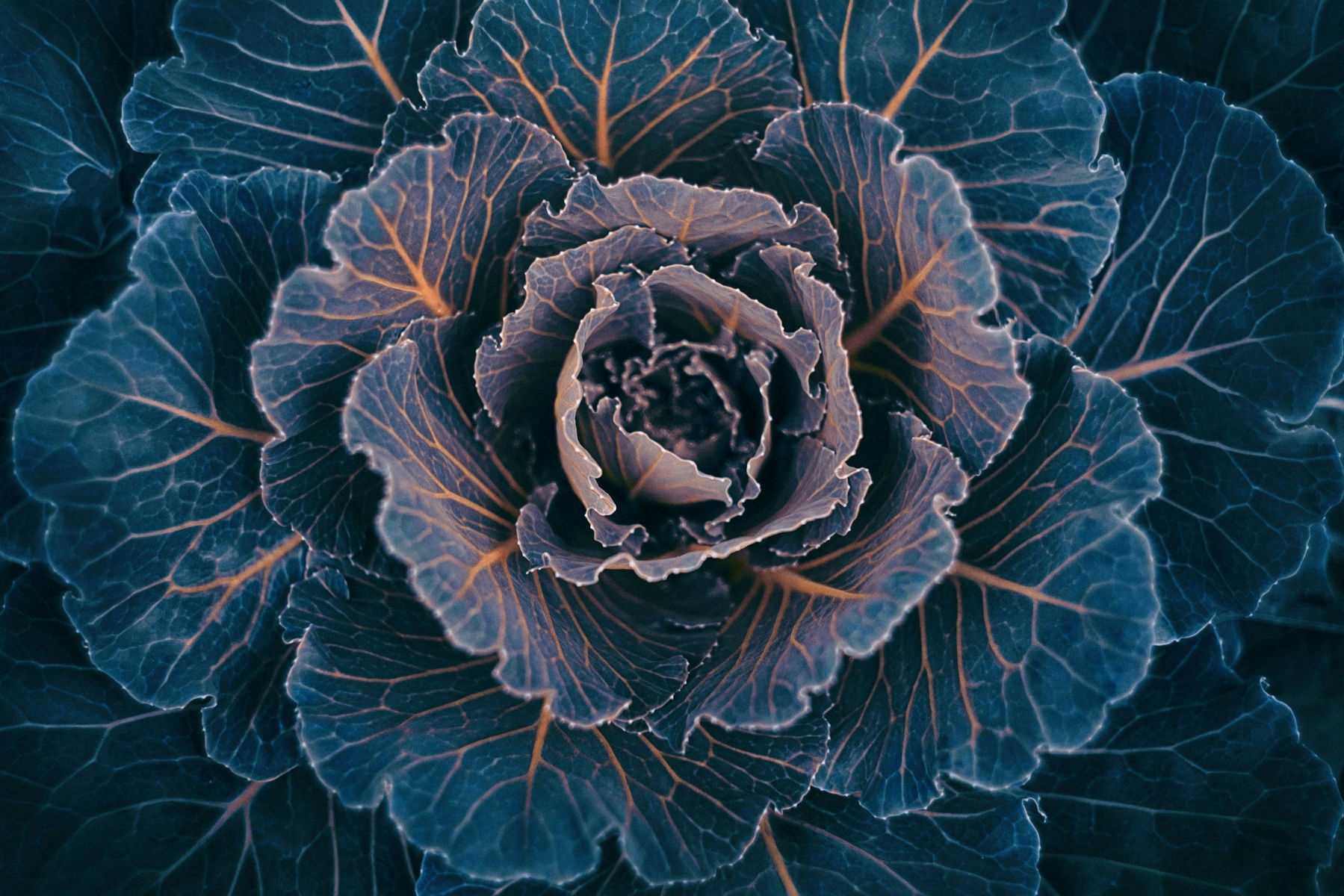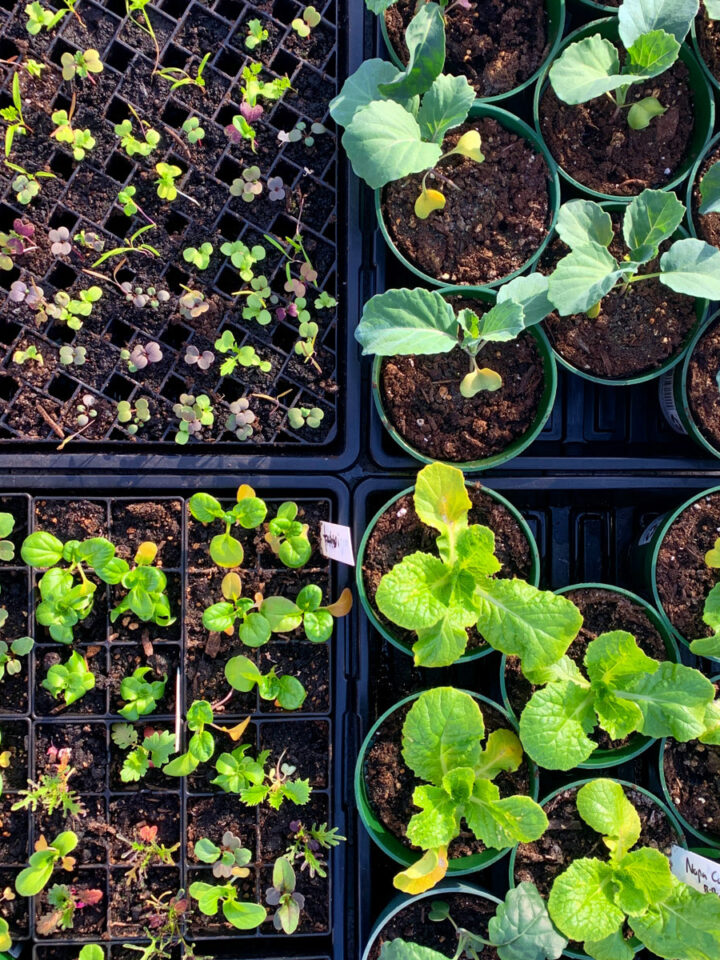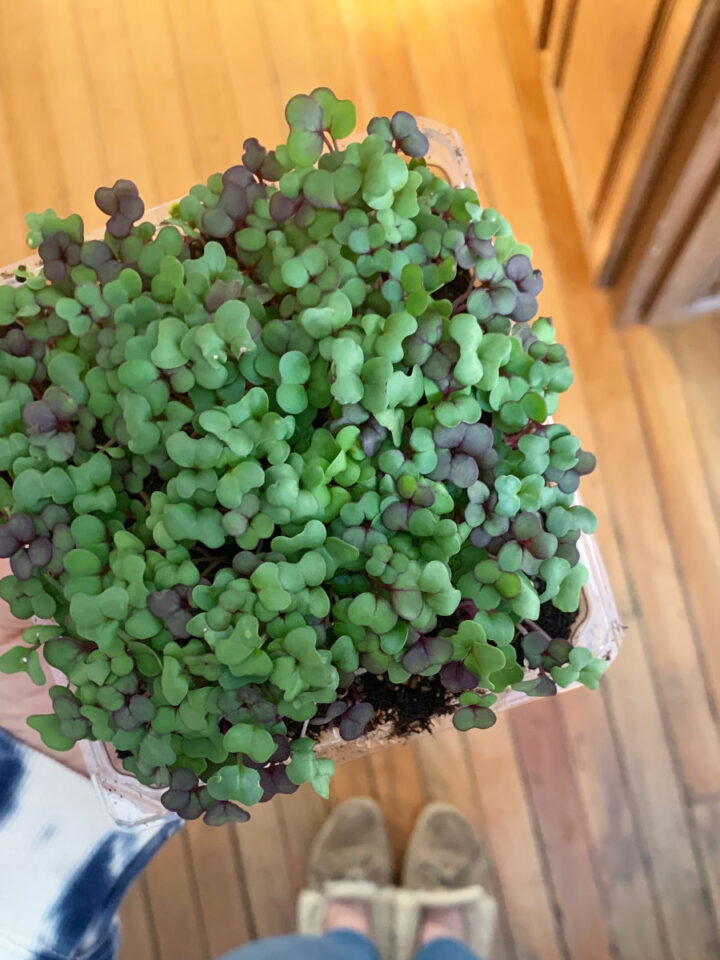The biggest reason I started a garden was to try to have the freshest, best quality vegetables that I could get my hands on. After being burned one too many times by wilted, sad grocery store leafy greens, I thought to myself, “How hard can it be?!” and set out researching. If you’re in the same boat, check out this post on how to start a garden as a beginner for the tips I shared from my own journey. And once I was hooked on growing my own vegetables, my inner armchair nutritionist got to work wondering about the healthiest vegetables and how to grow them at home.

For the purpose of this post, I’m going to define what I mean by “healthiest” first -- vegetables that are most strongly associated with reduced chronic disease. I know there are people out there who firmly believe that vegetables are terrible for you, that you’ll die if you eat beans, and that humans should eat mostly meat. I’m not going to link to any of this because I wouldn’t deign to give them page views or book sales, but it’s true. I’m not debating the merits of vegetables because hopefully, we can all agree to the blanket statement that most everyone would be better off if they ate more vegetables.
They’re chock full of fiber, vitamins, minerals, and phytonutrients, and nutrition science has only scratched the surface of the health benefits that we get from vegetables.
I'm in the middle of reading a fascinating book: On Food and Cooking: The Science and Lore of the Kitchen by Harold McGee. It's an 800-page tome that gives food lovers an understanding of where our foods come from, what exactly they're made of chemically, and how cooking transforms them into something new and delicious. It's a perfect blend of science, history, and cooking techniques, and it's becoming far and away one of the best books I've ever read.
The vegetable chapter in particular is mind-blowing and was the impetus for this post. McGee writes:
We turn now from milk, eggs, meats, and fish, all expressions of animating protein and energizing fat and enter the very different world that sustains them and us alike. The plant world encompasses earthy roots, bitter and pungent and refreshing leaves, perfumed flowers, mouth-filling fruits, nutty seeds, sweetness and tartness and astringency and pleasing pain, and aromas by the thousands. It turns out that this exuberantly diverse world was born of simple, harsh necessity. Plants can't move as animals do. In order to survive their immobile, exposed condition, they became virtuosic chemists. They construct themselves from the simplest materials of the earth itself, water and rock and air and light, and thus transform the earth into food on which all animal life depends. Plants deter enemies and attract friends with colors, tastes, and scents, all chemical inventions that have shaped our ideas of beauty and deliciousness. And they protect themselves from the common chemical stress of living with substances that protect us as well.
On Food and Cooking: The Science and Lore of the Kitchen by Harold McGee, page 243
A research article from the CDC “Defining Powerhouse Fruits and Vegetables: A Nutrient Density Approach” by Jennifer Di Noia, Ph.D. attempts to quantify the healthiest vegetables by using nutrient and phytochemical levels. Since uniform phytochemical data is lacking, Di Noia instead defines Powerhouse Fruits and Vegetables (PFV) “on the basis of 17 nutrients of public health importance per the Food and Agriculture Organization of the United Nations and Institute of Medicine (ie, potassium, fiber, protein, calcium, iron, thiamin, riboflavin, niacin, folate, zinc, and vitamins A, B6, B12, C, D, E, and K).
However, since phytochemicals aren't reflected in the total scores, the scores don’t showcase all of the nutrients that may be beneficial to our health. I'm going to share information on phytonutrients further down in the post because they're beneficial for overall health, as well.
Here is a chart of the top 25 healthiest vegetables, as defined above by the CDC. For the full list, you can visit the actual study, as it's 40+ and the bottom is mostly fruits. I’m also linking to some of my favorite seed companies so you can see where to buy seeds if you’re so inclined to grow them at home! I already grow most of these items in my garden except for a couple. And based on these results, I’ll be growing watercress for sure next year.
Powerhouse Fruits and Vegetables by Ranking of Nutrient Density Scores
| Watercress | 100.00 |
| Chinese cabbage | 91.99 |
| Chard | 89.27 |
| Beet green | 87.08 |
| Spinach | 86.43 |
| Chicory | 73.36 |
| Leaf lettuce | 70.73 |
| Parsley | 65.59 |
| Romaine lettuce | 63.48 |
| Collard greens | 62.49 |
| Turnip greens | 62.12 |
| Mustard greens | 61.39 |
| Endive | 60.44 |
| Chive | 54.80 |
| Kale | 49.07 |
| Dandelion green | 46.34 |
| Red Pepper | 41.26 |
| Arugula | 37.65 |
| Broccoli | 34.89 |
| Pumpkin | 33.82 |
| Brussels Sprouts | 32.23 |
| Scallion | 27.35 |
| Kohlrabi | 25.92 |
| Cauliflower | 25.13 |
| Cabbage | 24.51 |
Phytonutrients AKA Why You Hear “Eat the Rainbow”
If your eyes are rolling back in your head with boredom but you’re still curious, then bear with me. The Linus Pauling Institute at Oregon State University states that,
“Phytochemicals can be defined, in the strictest sense, as chemicals produced by plants. However, the term is generally used to describe chemicals from plants that may affect health, but are not essential nutrients. While there is ample evidence to support the health benefits of diets rich in fruit, vegetables, legumes, whole grains, and nuts, evidence that these effects are due to specific nutrients or phytochemicals is limited. Because plant-based foods are complex mixtures of bioactive compounds, information on the potential health effects of individual phytochemicals is linked to information on the health effects of foods that contain those phytochemicals.”
Linus Pauling Institute at Oregon State University
Now that we know why phytonutrients are important, The Harvard Medical School health blog helps us ensure we’re getting a well-rounded diet of them:
- Red: Rich in the carotenoid lycopene, a potent scavenger of gene-damaging free radicals that seems to protect against prostate cancer as well as heart and lung disease.
- Found in: strawberries, cranberries, raspberries, tomatoes, cherries, apples, beets, watermelon, red grapes, red peppers, red onions
- Orange and yellow: Provide beta cryptothanxin, which supports intracellular communication and may help prevent heart disease.
- Found in: carrots, sweet potatoes, yellow peppers, oranges, bananas, pineapple, tangerines, mango, pumpkin, apricots, winter squash (butternut, acorn), peaches, cantaloupe, corn
- Green: These foods are rich in cancer-blocking chemicals like sulforaphane, isocyanate, and indoles, which inhibit the action of carcinogens (cancer-causing compounds).
- Found in: spinach, avocados, asparagus, artichokes, broccoli, alfalfa sprouts, kale, cabbage, Brussels sprouts, kiwi fruit, collard greens, green tea, green herbs (mint, rosemary, sage, thyme, and basil)
- Blue and purple: Have powerful antioxidants called anthocyanins believed to delay cellular aging and help the heart by blocking the formation of blood clots.
- Found in: blueberries, blackberries, elderberries, Concord grapes, raisins, eggplant, plums, figs, prunes, lavender, purple cabbage
- White and brown: The onion family contains allicin, which has anti-tumor properties. Other foods in this group contain antioxidant flavonoids like quercetin and kaempferol.
- Found in: onions, cauliflower, garlic, leeks, parsnips, daikon radish, mushrooms
PHEW!
I'd be remiss if I didn't also mention that one of the surest ways to ensure you're getting the highest quality vegetables possible when growing them in your garden is to pay attention to your soil health. The healthiest vegetables in the world can be reduced to a pittance of their potential if grown in denuded soil, which is how most of the vegetables in grocery stores are grown these days.
Studies done on modern-day food composition show nutrient density in vegetables has fallen in the past 50 years. Simply put, the food we eat today is less healthy than in the past. This is a result of major declines in soil fertility and the favoring of plant cultivars that are bred for yield over flavor and nutrition.
If your interest is piqued, a wonderful book on the subject is The Third Plate: Field Notes on the Future of Food by Dan Barber, and here's an interesting article on the issue. By feeding your soil with high-quality organic matter (compost!), you're replacing all the important trace minerals that plants take up during a growing season. And by eating homegrown produce (or farmers market goods!) you're ensuring that the vegetables you're consuming are the highest quality, healthiest vegetables, and full of the nutrients we geeked over in this post.





Tessa says
This was SO interesting and something I have never considered. Thanks for sharing all of your research! I can't wait to grow watercress this year now that I've read this!